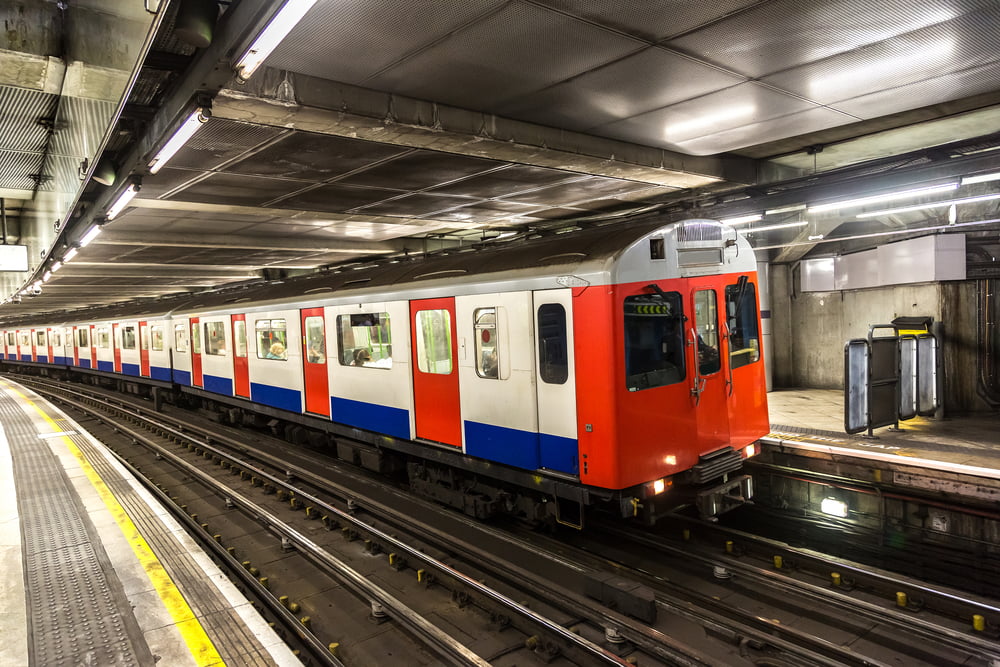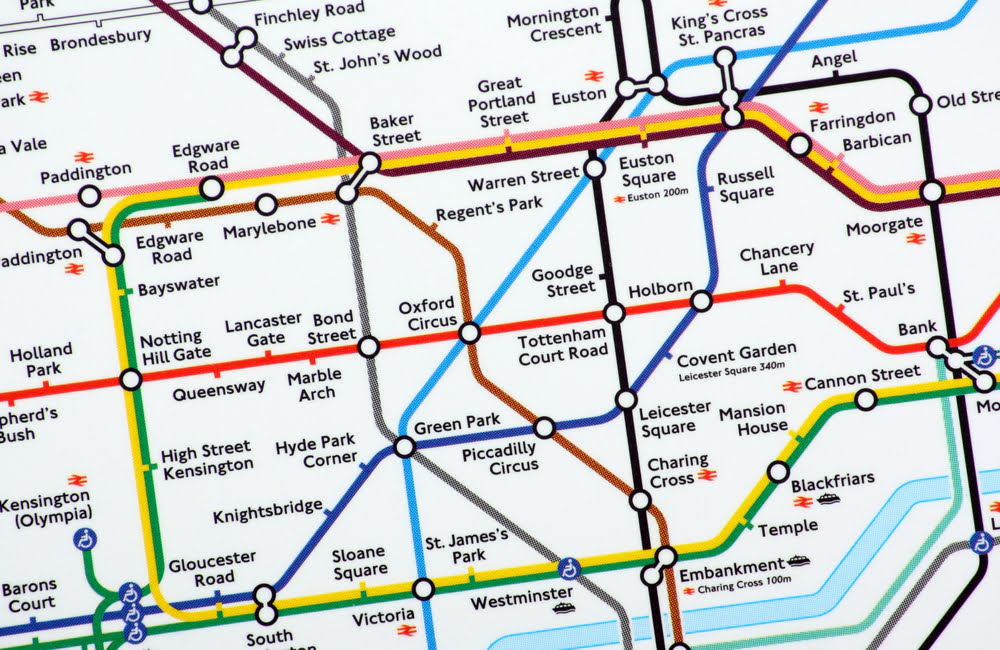On May 15, 2011, the last remaining train from 1967 made its last journey on the Victoria line.
When one thinks of London, the unpredictable weather is the first thing that comes to mind, but this is closely followed by the endless cultural attractions of the city. This includes everything from the red double-decker buses, the quintessential black taxi to Big Ben.
However, one of the most famous attractions the city has to offer spends most of its time underground. The London Underground is one of the most established transport networks in the world, making life easier for commuters across the city. It may seem like the London Underground has remained unchanged since its early days, but this is far from the case.
On May 15, 2011, the last remaining train from 1967 made its last journey on the Victoria Line, marking the end of a historic journey spanning nearly half a century. The train was seen as ahead of its time when it first hit the tracks in 1968, due to its seating capacity, window layout and more seamless travel experience.

This was something that was missing from its predecessor, the 1960 train. While the train was most associated with the Victoria line, it originally started operating on the Central line. The train was to travel from Woodford and Hainaut between February 21, 1968 and 1984, as the same Automatic Train Control System (ATO) was used on both lines. The train's final journey down the line was also part of a thoughtful fundraiser for the charity of Railway Children† At the time the decision was made to discontinue the 1967 train, commuters were very divided.
The 1967 stock era trains used a very low-tech braking system, but its replacement implemented a revolutionary regenerative braking system that recycled energy that would normally be lost as heat. Since then, the trains have all gone to the scrap heap, sold to other countries or on display in museums, but the lasting impression they left during their time on the track is undeniable.



